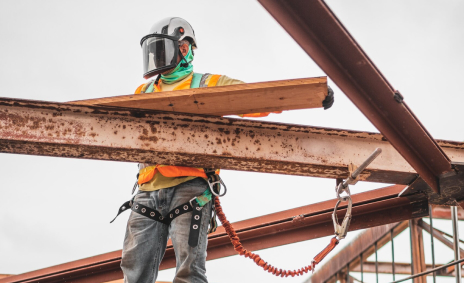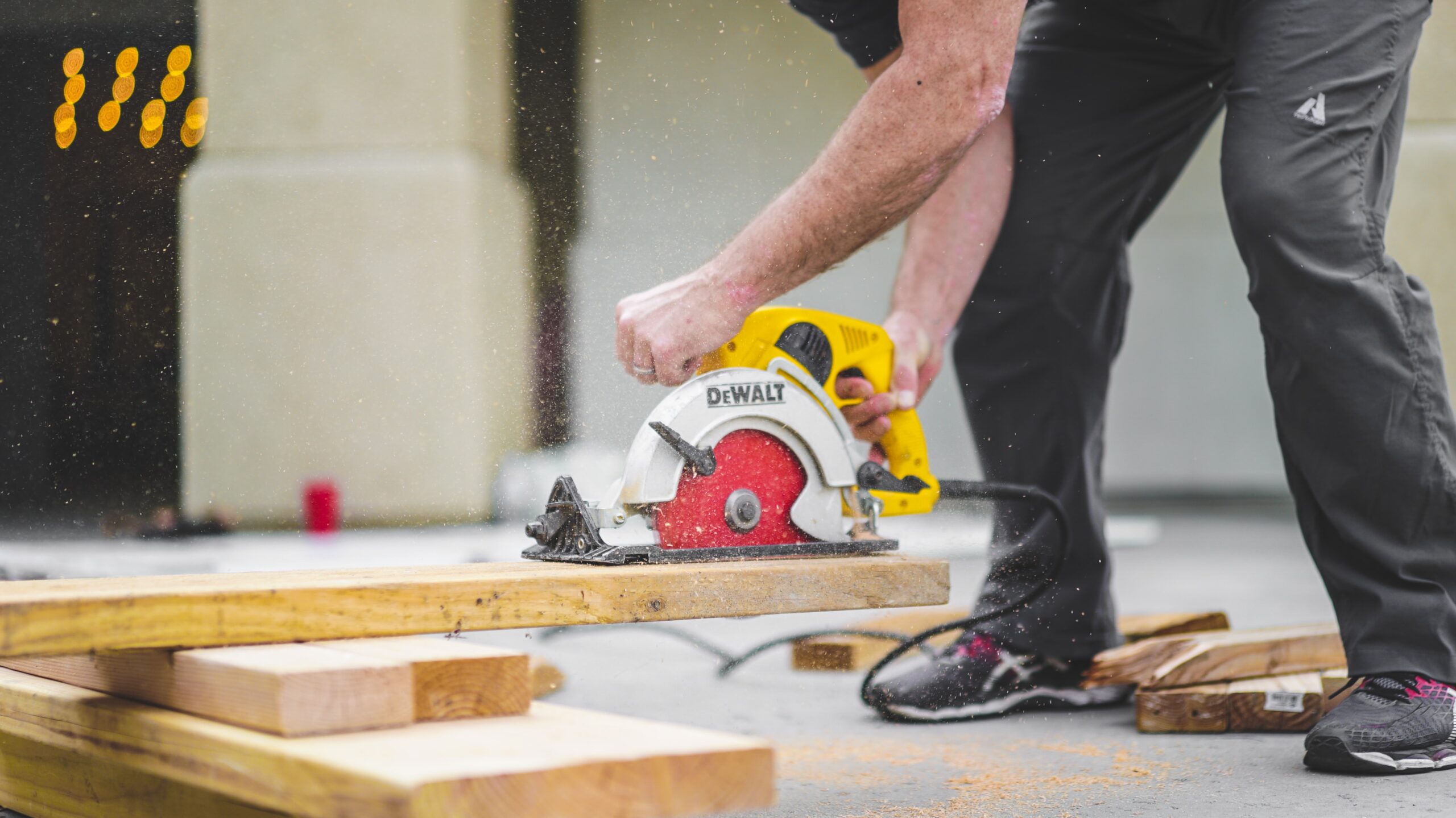Managing cash flow and cash flow forecasting are two of the most difficult things to keep under control and plan for in a construction company. On average, construction payment takes 83 days, and with how cash trickles down from owners to subcontractors and suppliers, these payments can be further pushed out.
And, because of the industry’s nature, there are a plethora of factors to consider when monitoring, maintaining, and improving construction cash flow. All these factors make it hard to determine where exactly your money goes, let alone forecast your cash flow.
So issues like delays in payments and money owed to you, add significant strain to your operation, and if mismanaged, can stifle growth and potentially result in failure.
For this reason, it’s crucial to understand what cash flow is, why it’s important, and how to manage it to help ensure profit for your construction company.
What is cash flow?
Many people tend to confuse the difference between profit and cash flow. But, they actually have a stark difference. Profit is the difference between what you sell and what it costs to deliver your products or services. This means that profit is what’s left over after all of your business’ expenses.
Cash flow, on the other hand, is the net amount of cash and cash equivalents flowing in and out of the business at any given period of time. The company has a positive cash flow if there is more income than expenditure in that period.
So, a business’s ability to generate positive cash flow determines how much value it can create for its shareholders, hence the need to properly manage cash flow.
Why is it important to have positive cash flow?
Having negative cash flow means that you have more outgoing than incoming money. Having negative cash flow can mean one of two things:
- Your business is losing money, or
- Your business has poor timing of income and expenses.
That said, having negative cash flow doesn’t automatically mean that your business is failing. If your negative cash flow is caused by poor timing, then a positive net profit is still possible. However, this isn’t always guaranteed.
Negative cash flow also means that when unexpected expenses come up, your business won’t have any cash on hand to cover it (i.e. you might have to delay payment or make up the difference from your own pocket until you get your income).
Generating positive cash flow means that your liquid assets are increasing, which puts you in a better position to settle debts, reinvest in your business, return money to shareholders (if relevant), and have a buffer for unexpected financial challenges in the future.
What is construction cash flow

With so many factors to consider, such as budgeting for retainage, paying bills on time, paying cash for assets, and needing to pay employees for labour-intensive work almost weekly, any slight miscalculations or problems can greatly impact the construction cash flow.
Imagine a scenario where you invoice your client as soon as a construction stage is finished. But after more than 60 days, your client hasn’t paid you yet. This poses a big problem as a construction company, because you may have needed your client’s payment to pay your subcontractors for their labour, and your suppliers for the materials and heavy equipment.

That’s why it’s important for every construction company to analyse when a project will incur costs and how much they will amount to. This cash flow analysis will help the company make sure that they have proper funding for materials, equipment, and manpower, as well as suitable facilities for the project.
If you’re unsure how to plan and prepare for cash flow, a Virtual Chief Financial Officer can help set-up your construction company for success.

Cash flow strategies for construction project management
Ensuring that you’re on top of your cash flow allows you to make better business decisions and understand where your money is going.
But managing cash flow means more than just securing new clients and getting paid for a job well done. For every project, there are a ton of costs associated, and your clients may take time to pay.
So to help you manage your construction cash flow, here are 10 important tips you need to be aware of:
1. Know your client better
While most clients have the best of intentions, sometimes they get sidetracked or end up neglecting their obligations.
Business is a two-way street. As much as you need to be trustworthy and capable of doing honest business with your clients, they should also be the same.
So, before taking on a project, you need to make sure that your clients are financially capable of paying you the agreed rates on time.
To determine whether they’re capable, you need to thoroughly review their financial statements and check their creditworthiness. You should also cross-check references from contractors that have already engaged and worked with your potential client.
2. Make sure that your estimate is profitable
It’s a myth that clients will always go for the lowest bid. While it’s true that the client wants to spend less if possible, they also understand being ‘cheap’ often sacrifices quality.
In the end, they probably want to work with a good company who can deliver what they want, at a reasonable price.
Given that, you don’t need to reduce your estimate to the limit just to increase the chances of it being chosen. Remember, the ultimate goal of your business isn’t just to get projects – it’s to generate profit.
So how do you know that your estimate is accurate and profitable? One important way is to calculate your mark-up the right way. You don’t want to end up having to cover some expenses because your estimate turned out to be too low.
Your mark up is the cost added to cover things like contingencies, costs, overheads, and buffers for increases in prices of equipment or labor and to ensure a profit.
3. Spread out costs
Don’t use cash to buy your materials and equipment. Instead, finance your purchases through credit cards, lines of credit, and loans.
Sure, there will be interest charges, but what this means is that you will have more cash on hand for other (and unexpected) expenses to continue operating the business.
4. Forecast your cash flow
Cash flow forecasting means estimating the cash incoming and outgoing across all areas of your business over a period of time.
This will help you estimate the future growth capacity of your company, so that you can plan and budget better for both the short and long term.
To ensure accuracy of the expected future income and expenses, it’s best to monitor your forecast on a monthly basis.
5. Look for the best prices and control building costs
If you want to be financially efficient and savvy, so that you can save more and spend less, you need to be responsible with how much you spend for your materials and equipment.
Take the time to canvas and look for great bargains and discounts. You’d be surprised: you can get amazing quality for much lower prices.
Always make sure to compare quality versus price across different sellers of the materials or equipment you need. Also look for the best deals available, and learn how to negotiate prices and terms where possible.
6. Plan payments around receipt of stage payments
Stage payments are often done every month when an agreed stage of a project has been completed.
It’s best to plan your payments around every stage, so that subcontractors and suppliers are paid in accordance with progress payments.
7. Assert yourself when collecting payments
Delayed payments may lead to negative cash flow (i.e. you may be expecting to receive a payment that you will in turn use to pay bills).
So, have all the documentation ready when payment is due, and submit it to the right people to avoid any delays. Speak up when you know that the payment is due for completed and signed off work.
8. Avoid accepting variations/change orders
Change orders or variations can mess up the careful planning put into maintaining a positive cash flow. If you can’t avoid them, make sure to stay on top of all the change orders and insist that clients contribute to the cost upfront.
Make the clients sign off on all variations and agree on a date where they can no longer make any changes.
9. Create a system for quoting on your jobs.
Given that there’s a lot of monitoring to do to ensure a positive cash flow, you can’t keep track of all of the prices and data if you don’t have a proper system in place.
Have a system so that you know your materials, overheads and labour for each job. This will help you determine the profit you will make when doing the quote.
At a minimum, you need a cash flow spreadsheet, but if you want something more user-friendly and convenient, invest in cash flow software.
This will help you greatly with analysing your current cash flow accurately and with cash flow forecasting.
10. Be time-efficient
You need to be organised so that all your work can flow without interruption. Plan each stage to avoid any delays in work completion, and have the materials ordered early, so that they will be delivered at the right time.
Doing this helps your cash flow, so that no equipment or materials take up space or tie up working capital that you can use more productively. It will also ensure that delivery of materials will not cause any delays in the construction process.
Managing cash flow in a construction company is crucial to ensuring its profitability and success. So in order to make sure that there’s more money flowing in than out, you need to plan ahead and find ways to ensure that you always have cash on hand for future costs and that you’re always paid on time.




